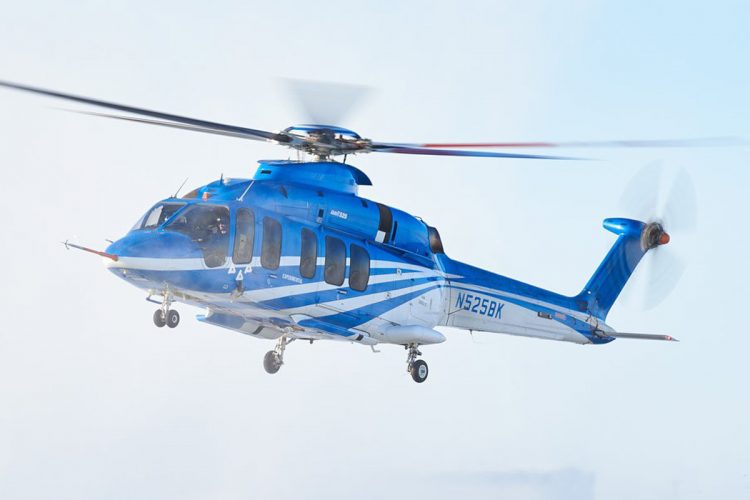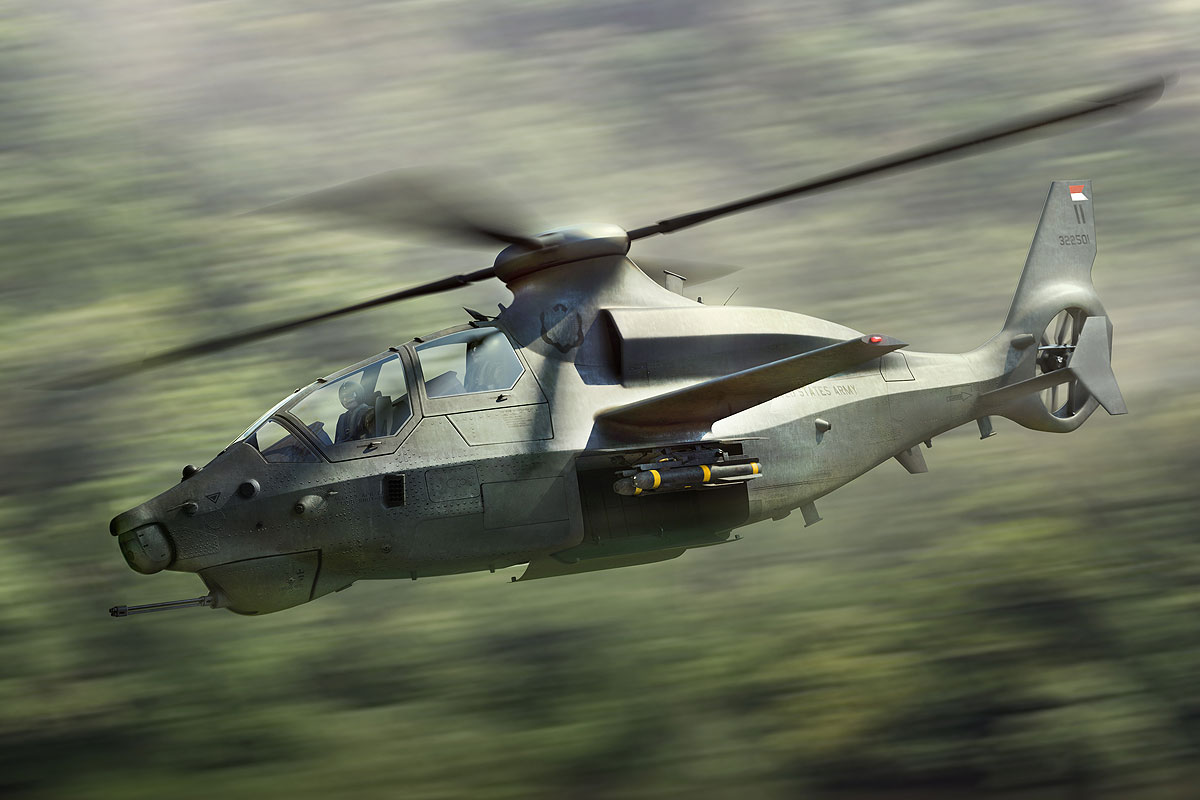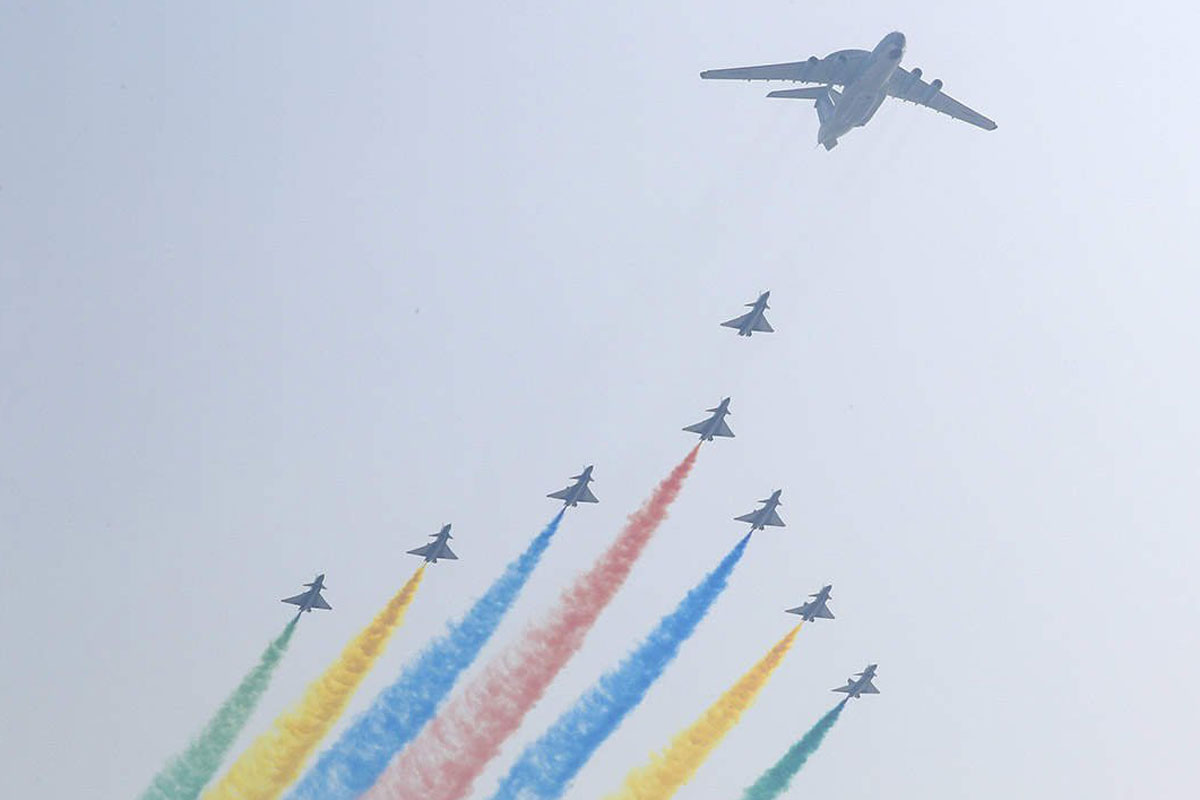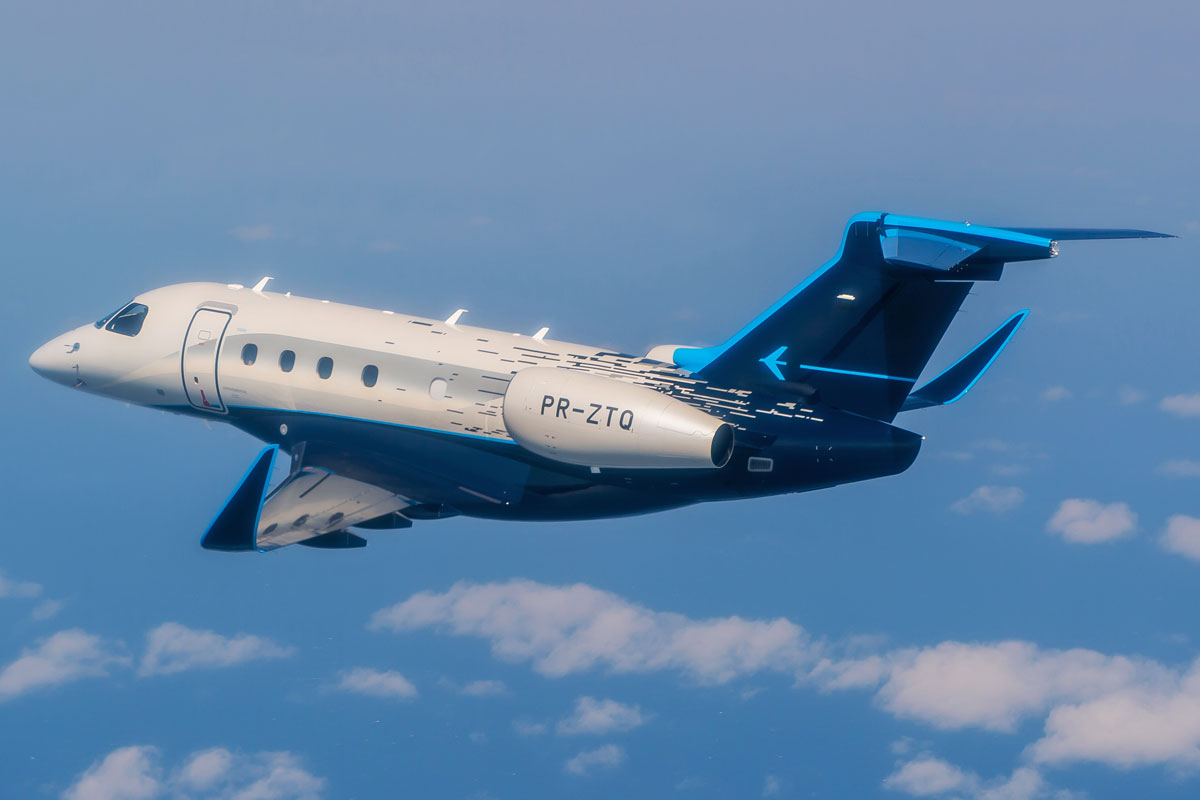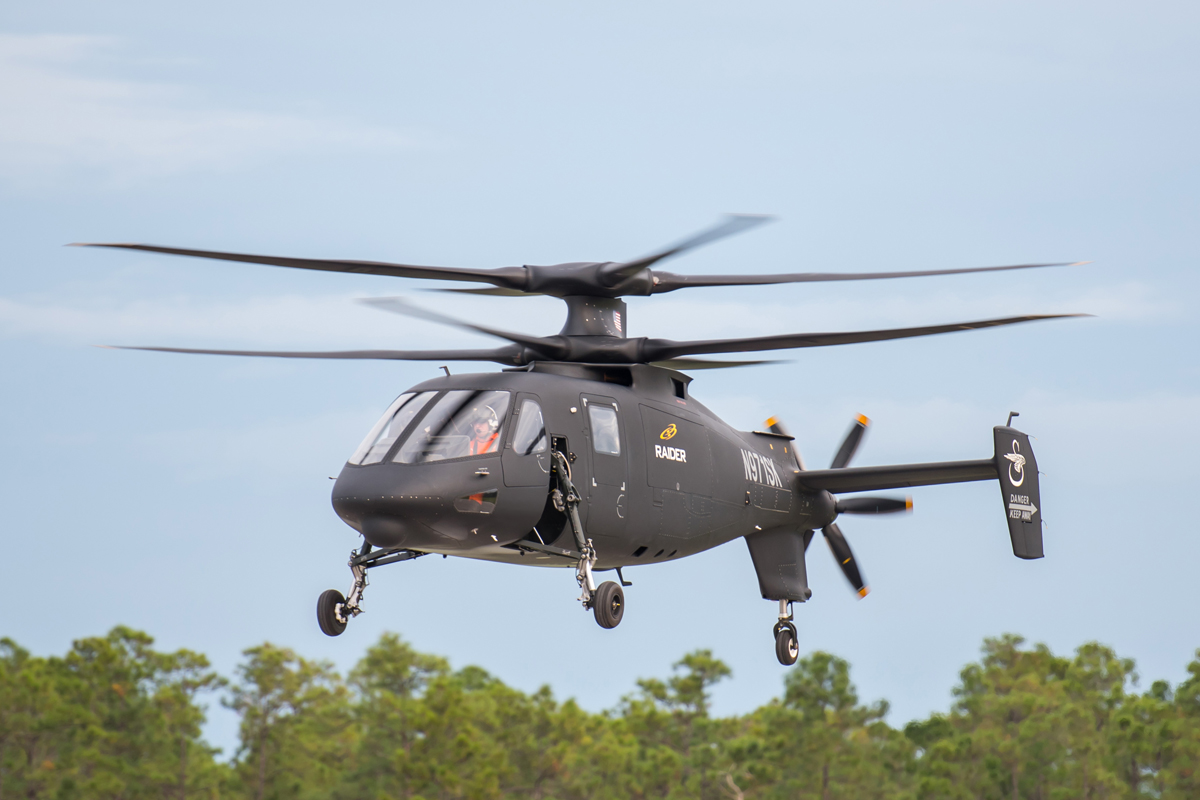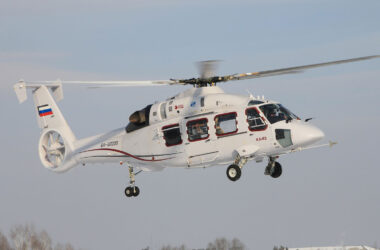Bell had already anticipated that its proposal for the US Army’s Future Armed Reconnaissance Aircraft (FARA) program would be a helicopter based on the new 525 Relentless, its new civilian model, and this week the manufacturer confirmed that.
The Bell 360 Invictus plans to beat the competition with a conventionally designed helicopter that runs on the same Relentless rotor, is equipped with wings to help support higher speeds and a ducted and canted tail rotor.
With four blades, the Invictus rotor system utilizes the same fully articulated technology that Bell tests on the 19-seater commercial helicopter, but in this case the smaller 12.2 meter diameter required by the Army.
Bell’s goal is to shorten development time as well as reduce costs. Its competitors have invested in advanced technologies such as coaxial and tilt-rotor rotors, but in the case of Sikorsky, it has been testing its S-97 Raider prototype for several years.
Bell plans to make the 360 Invictus take off for the first time in 2022 and says the helicopter will be able to fly above 185 knots, slightly more than the contract requires. The combat radius of the aircraft is 135 nm which is equipped with a 20 mm cannon and internal missile supports.
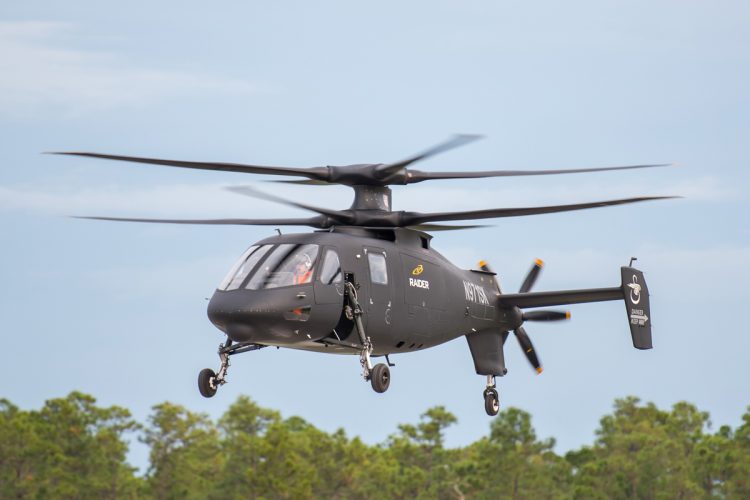
To reduce the pilot’s workload, Invictus will be equipped with a fly-by-wire control system that in the future may offer autonomous flight.
The US Army is in a hurry: With the retirement of the old OH-58D Kiowa, the force was left without a genuine reconnaissance helicopter and is currently using Apache on a temporary basis. The goal is for the new helicopter to be ready by 2028 and to do so will promote competition by 2023 between the five companies chosen, Sikorsky, Boeing, AVX, Karem and Bell.
